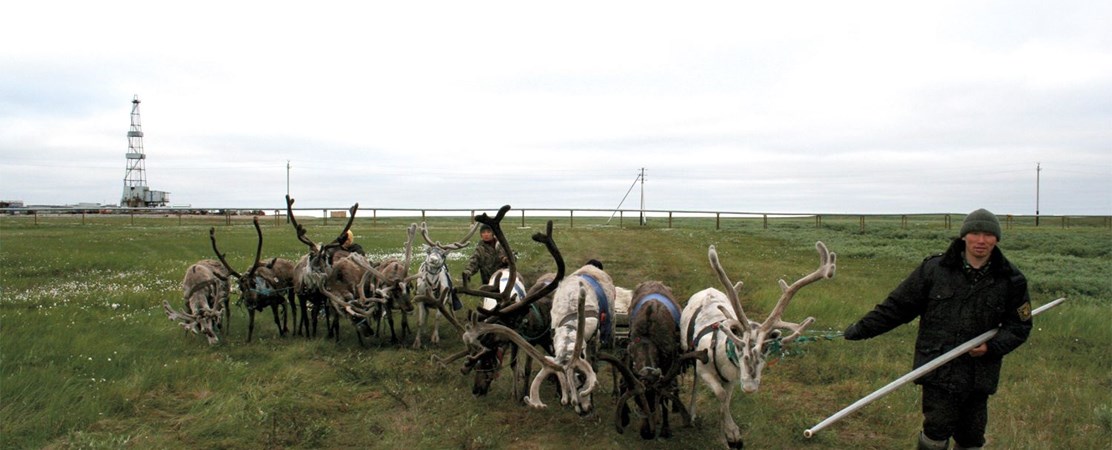Indigenous Peoples and Extractive Industries in the Russian Arctic and Beyond

By Aytalina Ivanova, Vice Dean, Faculty of Law, North Eastern Federal University, and Florian Stammler, Co-lead of the UArctic Thematic Network on Arctic Extractive Industries, Research Professor, Arctic Centre, University of Lapland
Recently the world has seen a certain slowdown in the run for Arctic nonrenewable resources with the sharp decline of oil prices. However, this does not mean that local and indigenous peoples are no longer confronted with industry advancing to ever remoter areas that continue to be important arenas for unique local Arctic human-environment relations.
Ongoing and recently published research by members of the UArctic Thematic Network on Arctic Extractive Industries and the Extractive Industries
working group of the International Arctic Social Sciences Association (IASSA) has highlighted the challenges associated with these developments where relations between
local people, companies and authorities become even more complex.
Information on these issues from the Russian Arctic is not becoming easier to access in politically difficult times. It is even more important to continue with longstanding
research partnerships and joint publications to make sure that evidence can be used locally as well as internationally for advancing the case of research and also for
making industrial development as beneficial as possible locally. In one of the publications we developed a general framework to analyze under which conditions relations
among parties in an Arctic industry project turn into a conflict, into cooperation, or into mutual ignorance.
Using cases from Kamchatka and the Nenets Autonomous Okrug in Russia, we show that with a thorough analysis of five key factors we are able to tell which character industry-state- local people's relations can assume.
These factors are:
- The importance of the resource and peoples’ relation to it (ie, how high the stakes are)
- Land rights and other regulatory regimes
- Power relations that determine how regulatory regimes are (or are not) implemented
- The presence, absence and quality of agreements between an industrial operator and local people
- The agency of civil society
Checking across cases for these five factors can make research in this field better comparable across cases and countries, as well as potentially help interested parties to handle their relationships better. A cooperative nature of such relationships is a good deal for all parties, but first and foremost it enables local and indigenous peoples to continue a livelihood based on their unique culturally embedded use of natural bioresources in the Arctic (ie, animals and plants), which in turn contributes to maintaining biocultural diversity on our planet.
